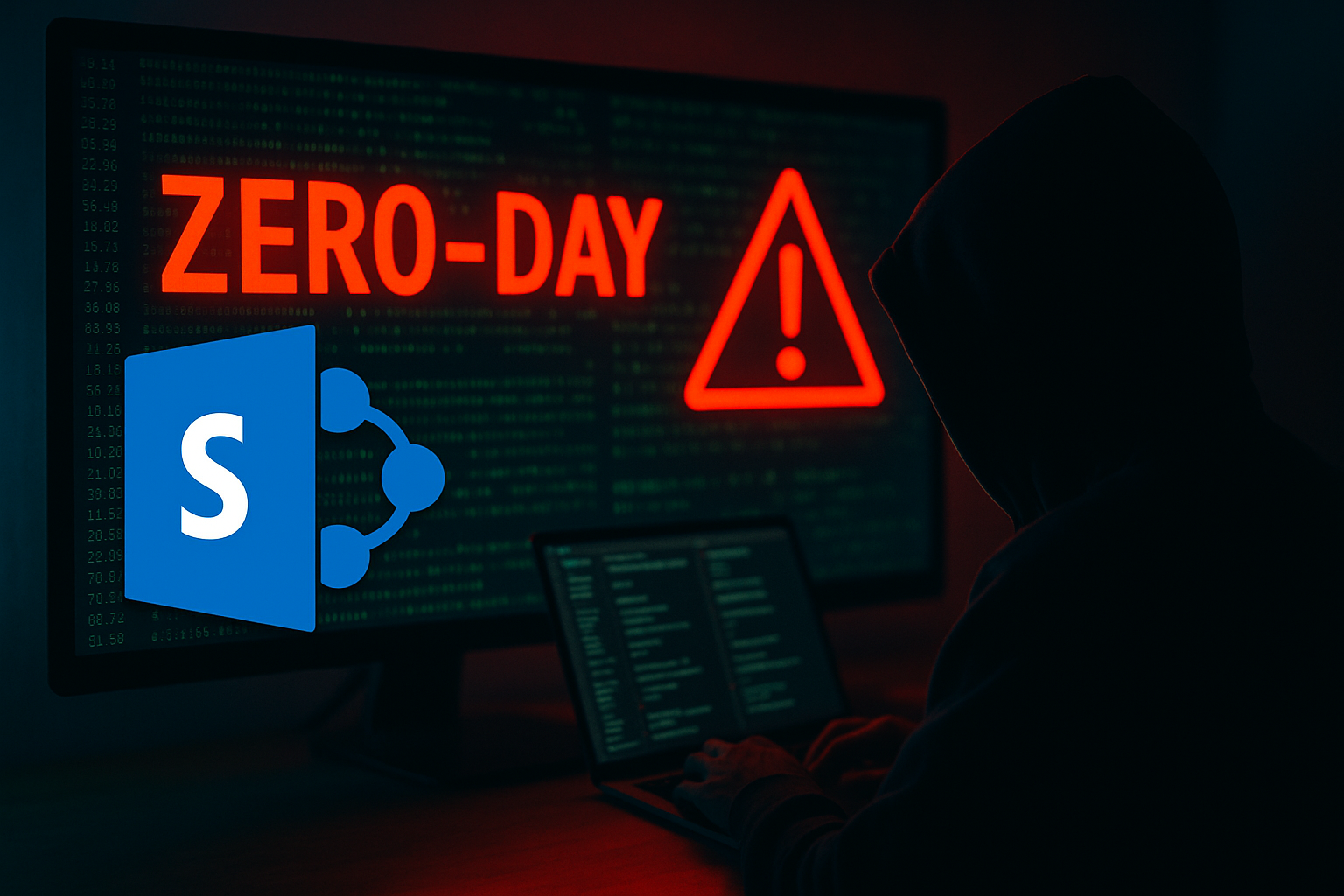What You Need to Know about the Microsoft Zero-Day Exploit
In July 2025, a critical zero‑day vulnerability in on-prem SharePoint servers was exploited globally, impacting over 100 organizations—including government agencies and large enterprises—via malware-laced payloads.
Microsoft warns that patching alone won’t stop the broader impact; firms must assume breach and respond proactively.
What We Know
-
This was likely a single actor campaign using consistent malware payloads across targets.
-
Affected servers span regions and industries, including sensitive national infrastructure.
-
Microsoft has issued emergency patches, but warnings emphasize that patching alone is not enough. Security experts advise organizations to operate on an assumed breach.
Who Is Affected?
These vulnerabilities specifically impact on-premises SharePoint environments, including:
-
SharePoint Server Subscription Edition
-
SharePoint Server 2019
-
SharePoint Server 2016
If your organization uses SharePoint Online (Microsoft 365), this particular exploit does not apply, as Microsoft has already addressed the issue in their cloud infrastructure.
However, the incident is a reminder that hybrid and on-prem setups need dedicated monitoring and patching processes.
Why This Matters to All Businesses
Even if you don’t use SharePoint directly, this attack reflects a broader trend: Threat actors are increasingly targeting collaboration tools and business platforms that operate inside trusted environments.
These systems often hold:
-
Sensitive internal documents
-
Financial data
-
Customer or employee records
-
Project or IP-related files
Once compromised, attackers may use these platforms as a foothold to move laterally, escalate privileges, or launch further attacks within your environment.
How This Fits Into the Bigger Security Picture
This incident underscores several cybersecurity truths:
-
Patch Management Matters – Even widely used, reputable tools like SharePoint can become attack vectors if left unpatched.
-
Zero Trust Is Essential – Assume no user or system is inherently safe. Apply conditional access, segment networks, and monitor behavior continuously.
-
Visibility Is Non-Negotiable – Without active monitoring and logging, threats like this can go unnoticed until it's too late.
-
External Vendors Are Watching – If your business shares documents with partners or clients, a compromise can cascade into broader reputational and legal risks.
This SharePoint zero-day incident is a wake-up call: patching isn’t enough. Whether you run on-prem servers or cloud-based systems, your data, clients, and compliance posture are at risk. Adopt an assumed breach framework today—and ensure your team, infrastructure, and defenses are aligned for rapid detection and response.

